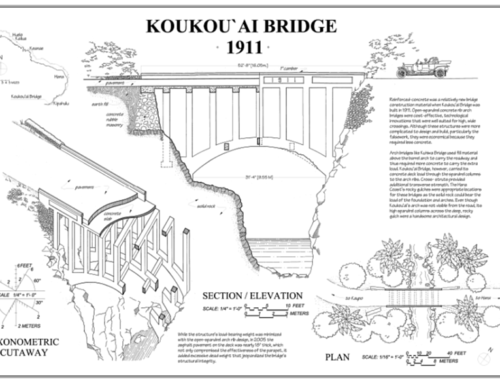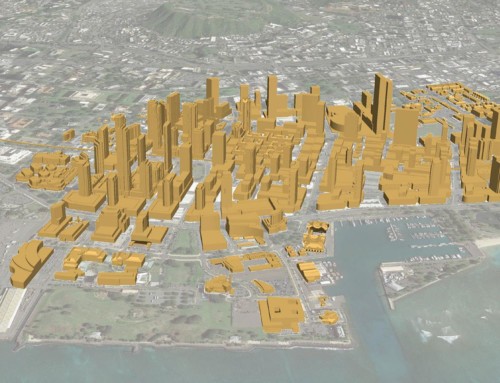It is difficult to have a good perspective on what is worth saving when the buildings we are talking about were built within our society’s living memory. However, it is important that we start to recognize those modern buildings that are significant and worth preserving.
Already people are starting to recognize and fight to preserve buildings from the past 50 years. Groups such as DOCOMOMO (Documenting the Modern Movement), the Recent Past Network, and the National Trust for Historic Preservation (NTHP) have launched nationwide efforts to increase awareness of the importance of architecture of the recent past.
NTHP describes Modernism as a design language with emphases on form rather than ornament, structure and materials rather than picturesque constructions, and the rational and efficient use of space.
“The Modern movement in architecture in the United States flourished beginning in the 1930s, and encompassed individual design movements with their own individual ways of expressing Modern ideals. These include the International, Expressionist, Brutalist, New Formalist, and even Googie movements, to name a few. Technical innovation, experimentation, and rethinking the way humans lived in and used the designed environment, whether buildings or landscapes, were hallmarks of Modern architectural practice,” according to the NTHP Modern + Recent Past program.
As with any time period, there is architecture from this era that is not worthy of preservation, but there are many buildings that are architecturally or historically significant. It is harder to decipher what is worth preserving and what is not when we are dealing with buildings that were constructed so recently. These buildings, perhaps because they were built so recently, are not given much attention by the general public, and many people regard them as ugly. Just because some people do not find them aesthetically pleasing is not a reason to demolish them. Additionally, many people, once they understand the great lengths to which the architect went to design the building in a specific way, start to see the beauty in the functionality of the building.
Vladimir Ossipoff’s IBM building, for example, is a wonderful local example of good modern architecture. Ossipoff won awards for its design immediately after it was built. Today, there are many people who do not think that it is a very attractive building, but when one realizes that the concrete grid that Ossipoff built over the structure was designed at a very specific angle to keep pigeons from roosting, and the grid was built in such a way as that it was self cleaning, the beauty in the functionality of the building becomes apparent.
The attention to detail and functionality that many modern architects had is truly amazing and certainly worthy of preserving. While not every tract house from the 1960’s is historically significant, there are many wonderful architectural specimens that are and we need to make sure that they are not overlooked by identifying and preserving them now before they are lost forever.








